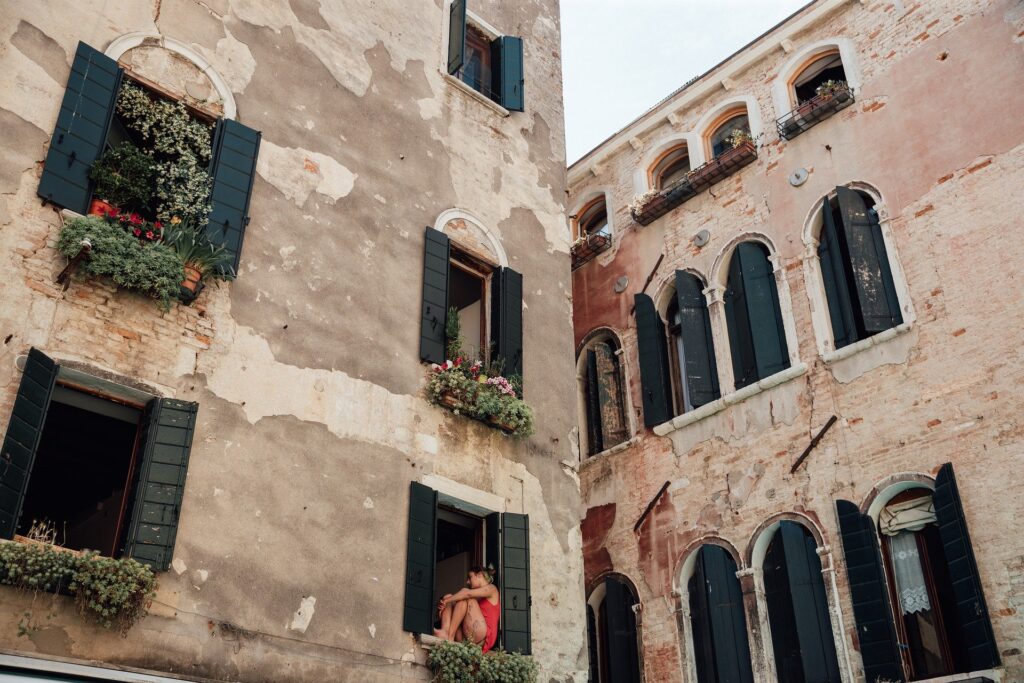Venice Less Than 48 Hours Challenge
Introduction
Does Venice need an introduction? Those iconic gondolas, the canals, and the picturesque, narrow streets define one of the most famous places in the world. Forget about traffic and the stresses of modern life and lose yourself (for a weekend at least) in La Serenissima. Although the buildings in Venice have changed little over the centuries, La Serenissima is quickly evolving. This has always been a city of artisans. Still, a new breed of entrepreneurs is turning Murano glass into fiercely modern jewelry, updating traditional bacari (taverns) as slick wine bars, and forming cooperatives to make everything from clothing to organic skincare. Our 48-hour guide will help you make the most of your trip here.
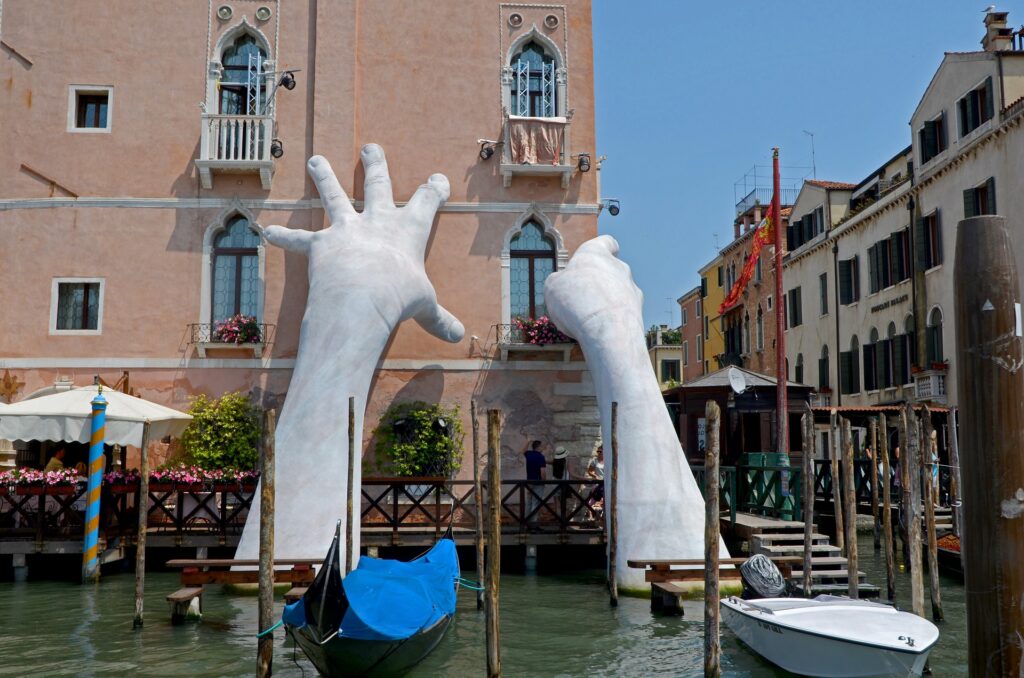
Best vacation packages for Venice
Venice is having a mini-renaissance for a place so visibly tethered to its past. Few places can claim such a spectacular natural setting, untainted architectural heritage, or jaw-dropping main drag in the Grand Canal. Venice’s museums are world-class; its 141 churches are galleries in themselves. Other incredible sights include the Gothic Doge’s Palace, perched defiantly on the edge of the encroaching lagoon, and the Basilica of San Marco, which glows with Byzantine gold mosaics. Even the most seasoned visitors get lost in the city’s labyrinthine network of islands, bridges, pedestrian alleys, and canals. And therein lies the beauty of the destination: afternoons spent wandering from palace to piazza, exploring the small art museums, shopping the stalls that line the streets, and encountering a fresh side of Venice, a fascinating amalgamation of influences—Roman, Byzantine, Ottoman, and Italian—around every corner.
Let’s start our challenge.
Day 1 Venice
Start your weekend in Venice in the city’s most prominent neighborhood: Cannaregio. Head to the Oratorio dei Crociferi, a hidden gem across from the Jesuit church I Gesuiti. This small prayer hall dates to the 11th and 12th centuries and features late Renaissance paintings by famous local artist Jacopo Palma il Giovane. Stroll to the Misericordia area and stop in Campo dell’Abbazia, which still has its original red brick paving. Lining the square are a 10th-century church, the Abbazia della Misericordia, and the 14th-century Scuola Vecchia Della Misericordi building. Take your first Venetian sunset with a ride on a traditional sandolo boat, smaller and lighter than a gondola. Then settle in at an outside table at a restaurant that catches your eye, order a spritz (an aperitif invented here in the 1800s), and feast on a dinner of fresh seafood.
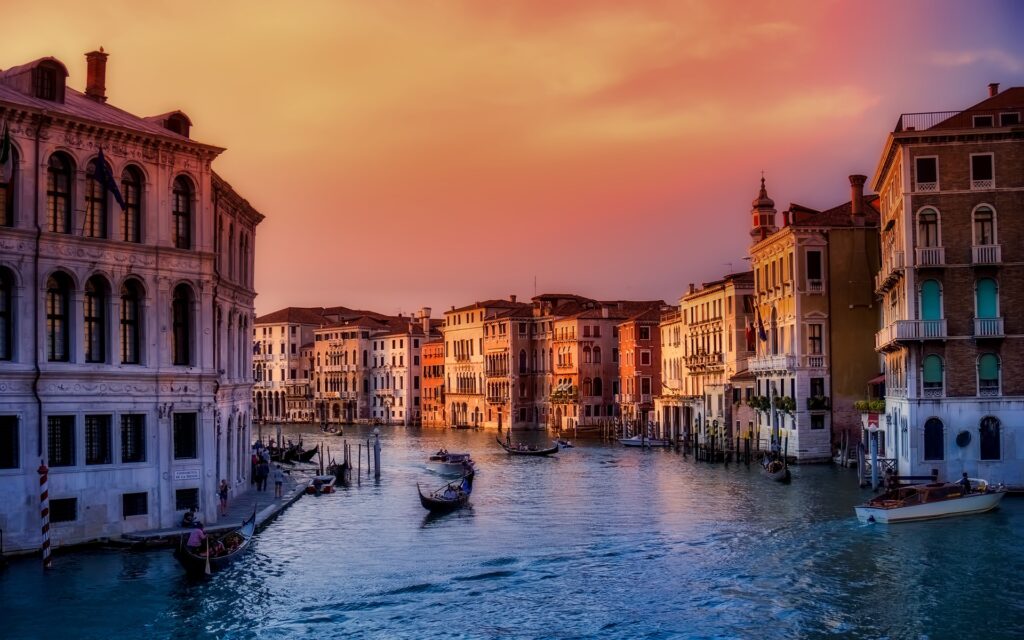
Day 2 Venice
Morning: Start early and head to iconic St. Mark’s Square first. Many tourists will arrive here later, and you can enjoy the calm piazza, the city’s heart, before the significant invasion. A short walk brings you to the Ponte dei Sospiri (Bridge of Sighs), which connects the prison to the doge’s palace. Condemned men saw one last glimpse of Venice from this enclosed walkway—eliciting sighs—before imprisonment. Stop in at one of the oldest pastry shops in the city, Rosa Salva, right behind the square, for breakfast or a treat to eat later. Try the local cornmeal cookies called zaleti (also suitable as a souvenir to take home), the tiramisu, or decadent chocolate cream puffs called bigné.
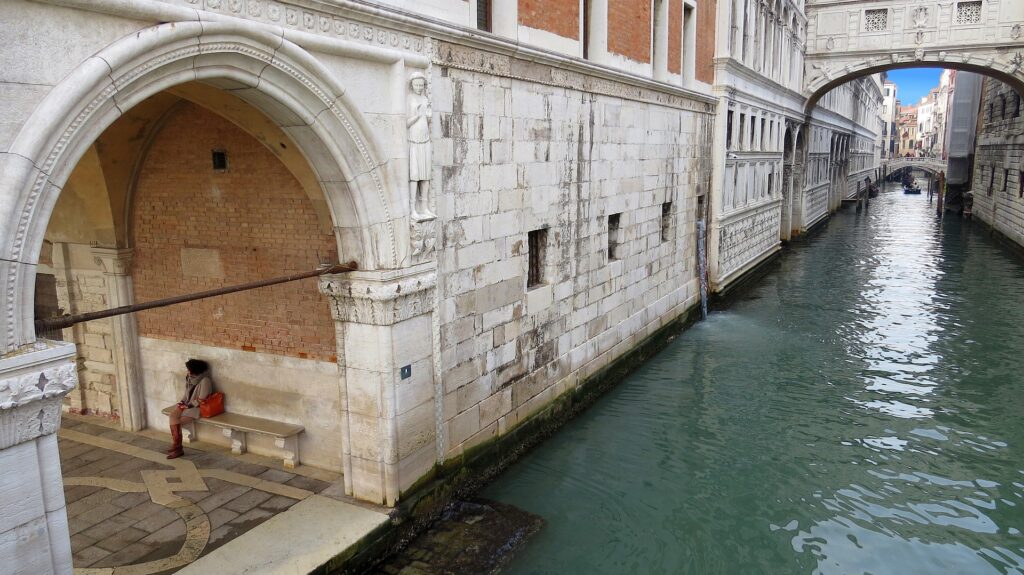
A hidden gem in a small plaza tucked into narrow alleys is the Scala del Bovolo. This unique 15th-century staircase spirals up the outside of a palazzo and offers, at the top of its 80 winding steps, fantastic views of the city. Stroll toward Rialto Bridge, one of the four bridges that cross the Grand Canal. The Rialto is the oldest; it was built in the 12th century and rebuilt several times. The current bridge was finished in 1591. Cross it—stopping to take in the view, of course—and explore the humming fish market on the other side, with its chaotic and colorful atmosphere. Head over to the Basilica di Santa Maria Gloriosa dei Frari, an Italian Gothic church whose unassuming exterior belies its soaring, lovely interior. Notice the little white signs on the walls that mark the height reached by water during a devastating flood. Above the altar is the massive Assumption of the Virgin, painted in 1515-18 by Renaissance artist Titian, who is buried here. There’s also a triptych by hometown artist Giovanni Bellini, the cocktail’s namesake.

Afternoon: Walk down to sunny Campo Santa Margherita (campos are public squares) and look for an outside seat at one of the many bars or cafes. Order a tramezzino, a crustless triangular sandwich with various fillings, and people-watch. After lunch, stroll through the Dorsoduro sestiere or neighborhood. Make your way to the 16th-century San Sebastiano church, one of Venice’s five “votive churches,” each built in thanksgiving after the city survived plague outbreaks. Inside are masterpieces by Venetian painter Paolo Veronese. Head to the Squero di San Trovaso boatyard and see how local artisans build and repair gondolas. Book (in advance) a visit inside the squero or watch the goings-on from outside. Before heading back over the Grand Canal (this time on a gondola ferry or traghetto), stop in at the Gallerie dell’Accademia museum, which houses works by Titian, Tintoretto, and others, as well as da Vinci’s iconic Vitruvian Man.
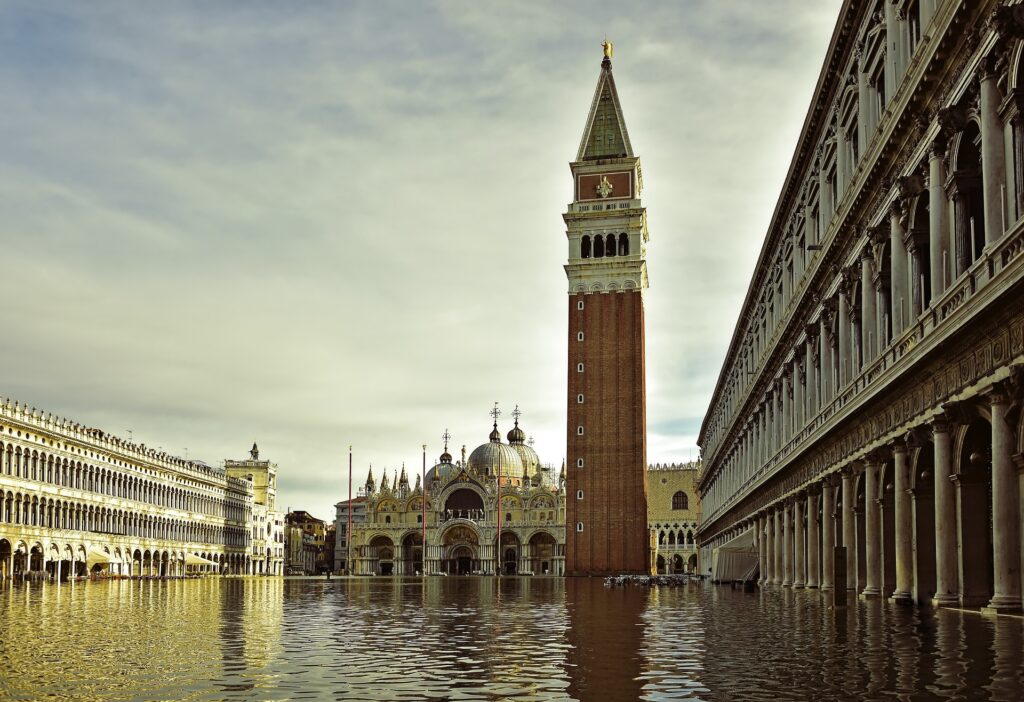
Evening: Enjoy the sunset with an aperitif and Cicchetti, small dishes similar to tapas, at a bacaro wine bar. Afterward, stroll until the delicious aromas from the many ristorantes pull you into one for dinner.
Day 3 Venice
Morning: Start your last day in Venice with an early walk to the Castello area, from Via Garibaldi to San Pietro di Castello. Take in the sights, sounds, and smells (fresh laundry is hung from windows) as this Venetian neighborhood comes to life. Head over to the Libreria Acqua Alta, one of the most picturesque places in the city. The bookshop’s owner piles many tomes in bathtubs, bins, and gondolas to protect them from the periodic flooding called acqua alta—high water. Have lunch in Santi Giovanni e Paolo square. Try polpette (fried meatballs) or the pizzette (small pizzas with olives or anchovies). Lastly, take the vaporetto, a Venetian water bus, to San Giorgio Island from the San Zaccaria station to visit the brilliant-white San Giorgio Maggiore church. Climb up to the campanile (there’s also an elevator) and take in one last sweeping view of La Serenissima.
